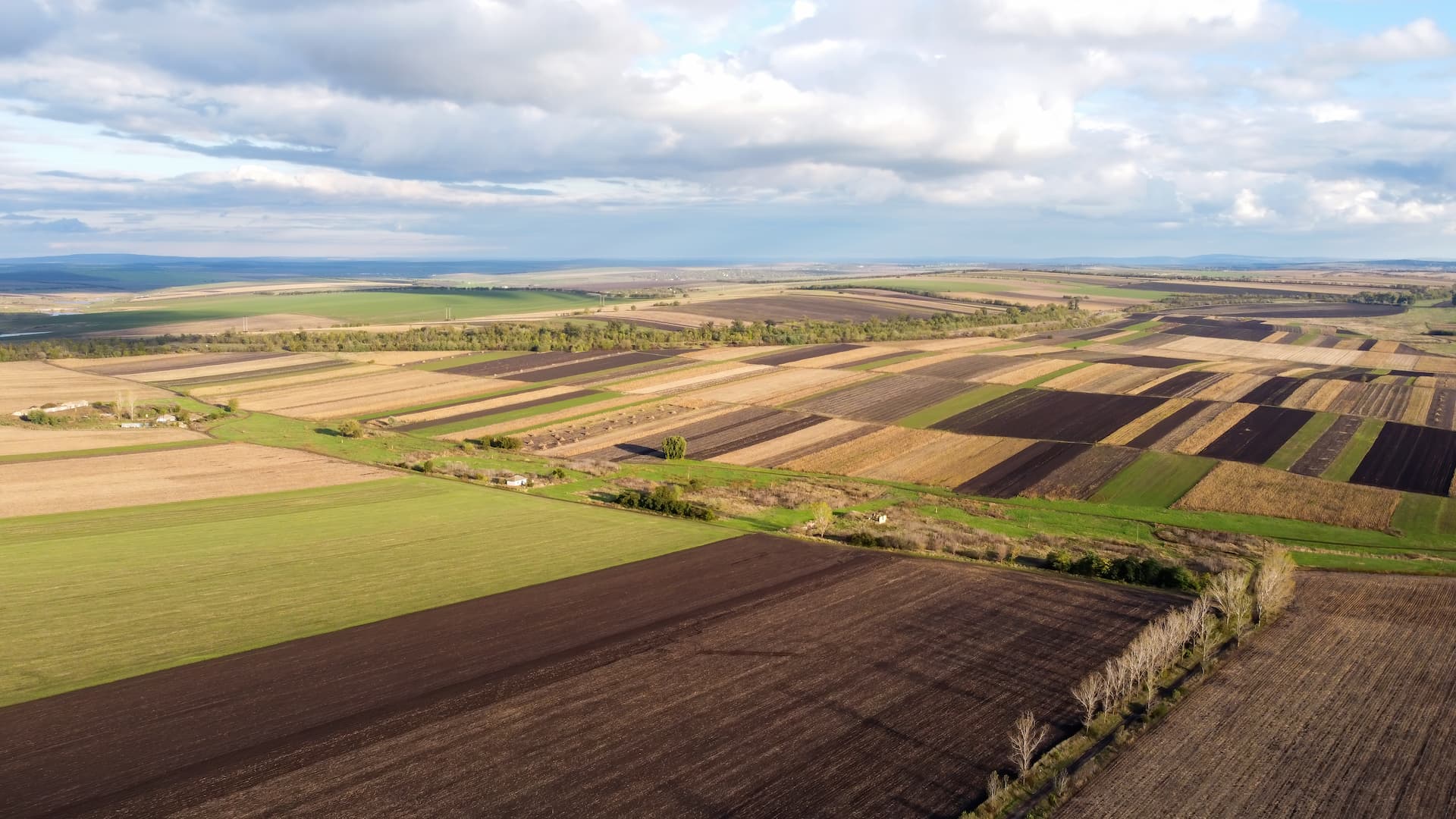News
Land leveling: techniques, tools, and benefits
News _ 30 NOVEMBER _2025
Land leveling is recommended before sowing or transplanting, especially for crops that require highly uniform water distribution, such as rice, corn, or vegetables. It’s also advisable after harvesting, to prepare for the next season and correct any unevenness caused by erosion or repeated machinery passes.
What to do before leveling a field
Before proceeding with land leveling, it is essential to carry out a thorough analysis of the soil and the field, including:
- Elevation survey using laser levels or GPS to identify areas to correct.
- Assessment of soil structure, checking for surface crusts, compaction, or waterlogging.
- Removal of stones or crop residues, if necessary.
- Agronomic planning, to determine the intensity and depth of the intervention based on the land’s intended use.
How to level the soil
Leveling is done by removing or adding soil between uneven areas of the field. The goal is to obtain a regular surface, which may be slightly sloped (1–2%) to promote water runoff—particularly for furrow irrigation—or completely flat for flooded crops. Operations should be carried out when the soil is as dry as possible, to avoid compaction or structural damage.
Tools for land leveling
Using specialized equipment ensures precise, quick, and sustainable leveling. In this area, Forigo Roter Italia stands out for the quality and innovation of its solutions.
Among the most effective tools for optimally leveled soil are:
- Stone buries and Bed formers (Series G and D) and Ridgers (Series P): ideal for various soil types, these machines can be equipped with an ultrasonic automatic control system to maintain the desired working depth. With the right accessories, they can shape ridges according to the crop type (vegetables, greenhouses, orchards).
- Rotary tillers and Power harrows, which combine soil preparation and seedbed formation, without disrupting the previously created leveling.
Materials suitable for land leveling
When additional soil is needed, it’s crucial to use materials compatible with the original soil to avoid agronomic imbalances. Recommended materials include:
- Screened agricultural soil
- Peat or compost, to enrich organic matter in the leveled areas
- Silica sand, in small amounts, to improve drainage and correct clay-heavy soils
What to do after land leveling
Once leveling is complete, it’s important to:
- Roll the soil, to consolidate the surface and prevent erosion
- Check water flow, especially in the case of surface irrigation or heavy rains
- Lightly till or refine the seedbed
- Incorporate soil improvers or organic fertilizers, particularly if deep soil removal has occurred
- Monitor soil biological activity, especially after intensive interventions
Benefits of land leveling
Proper land leveling provides numerous agronomic advantages, including:
- Better water management (even distribution, reduced waterlogging)
- Potential yield increase, due to more uniform crop emergence
- Potential weed control improvement, since weeds often proliferate in low-lying areas
Want to learn more about Forigo’s land leveling solutions? Contact us today to find out more!

Research and Development Division of Forigo Roteritalia. Team of experts engaged in the study and analysis of the main agricultural and horticultural techniques used today. Knowledge combined with competence are the starting point for continuous improvement in a scenario of innovation and technological development.
Previous Exhibitions
30 MARCH 2025
Forigo at Agriumbria 2025: quality in soil preparation











